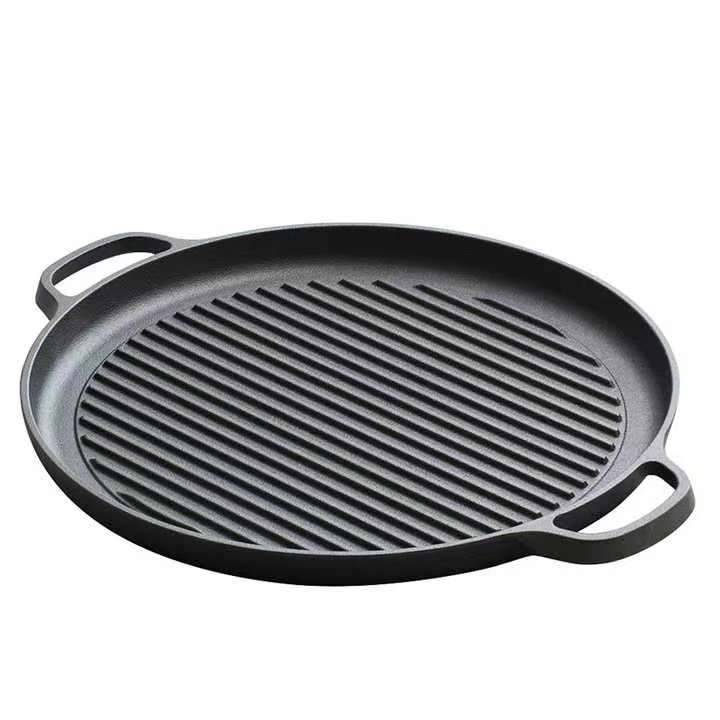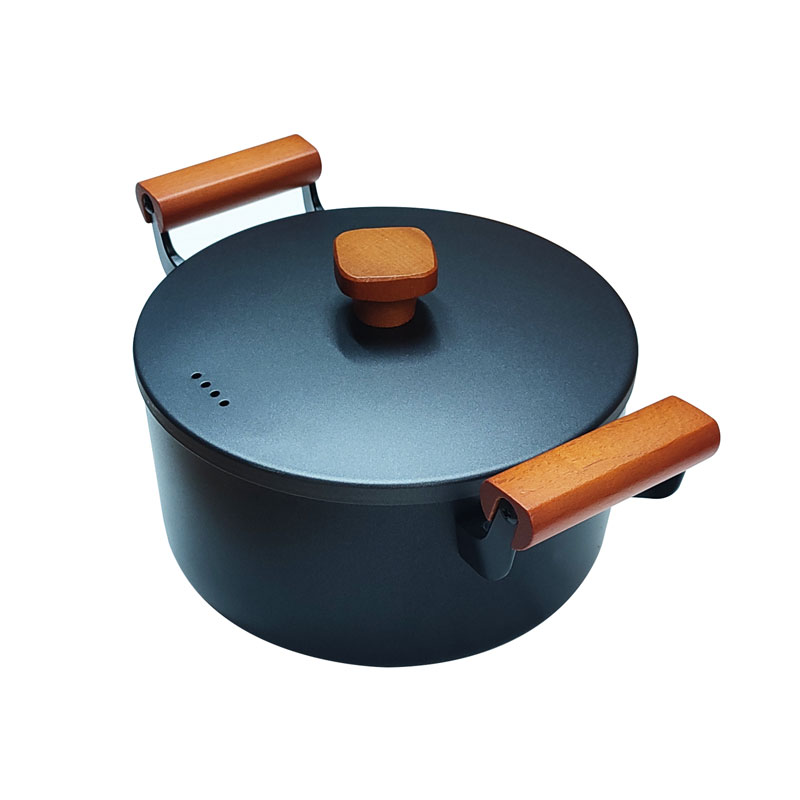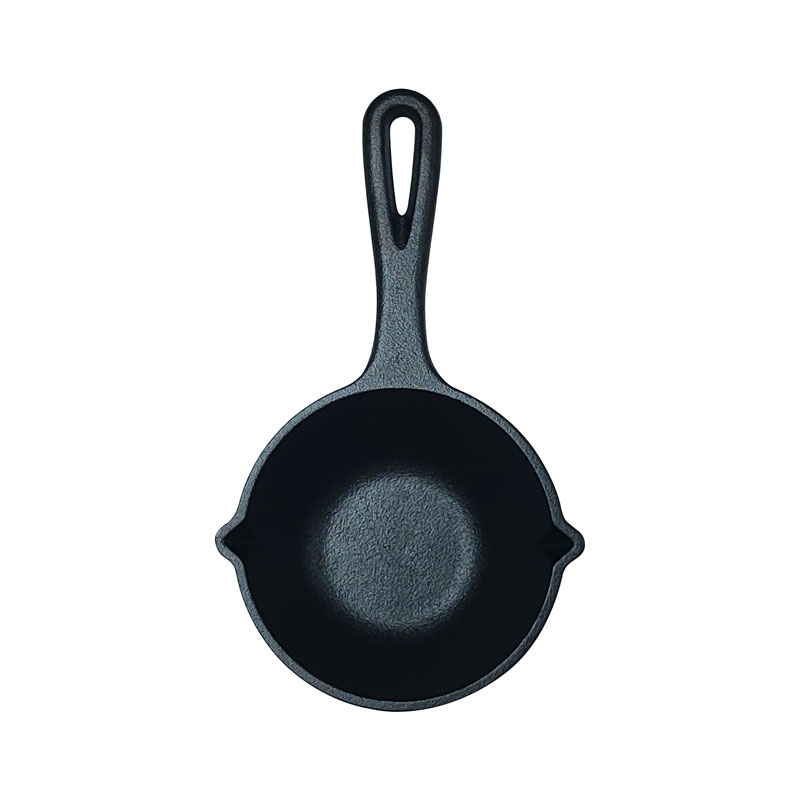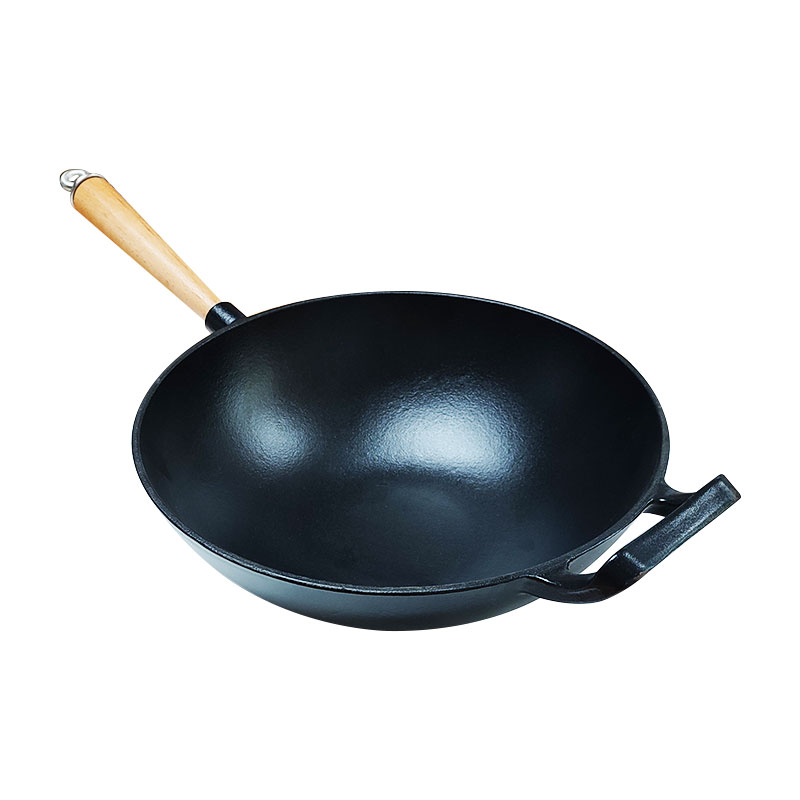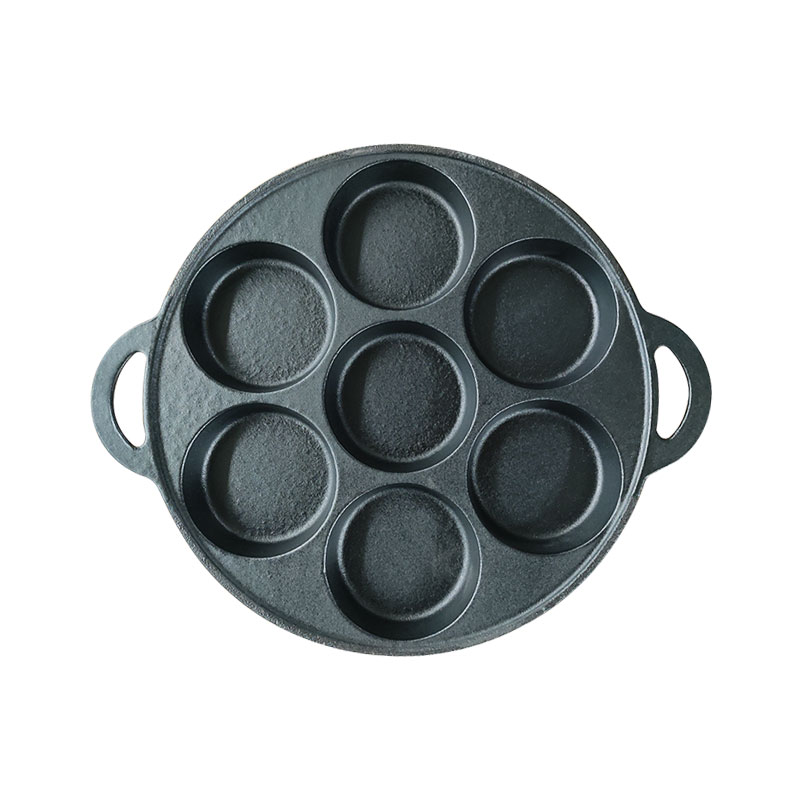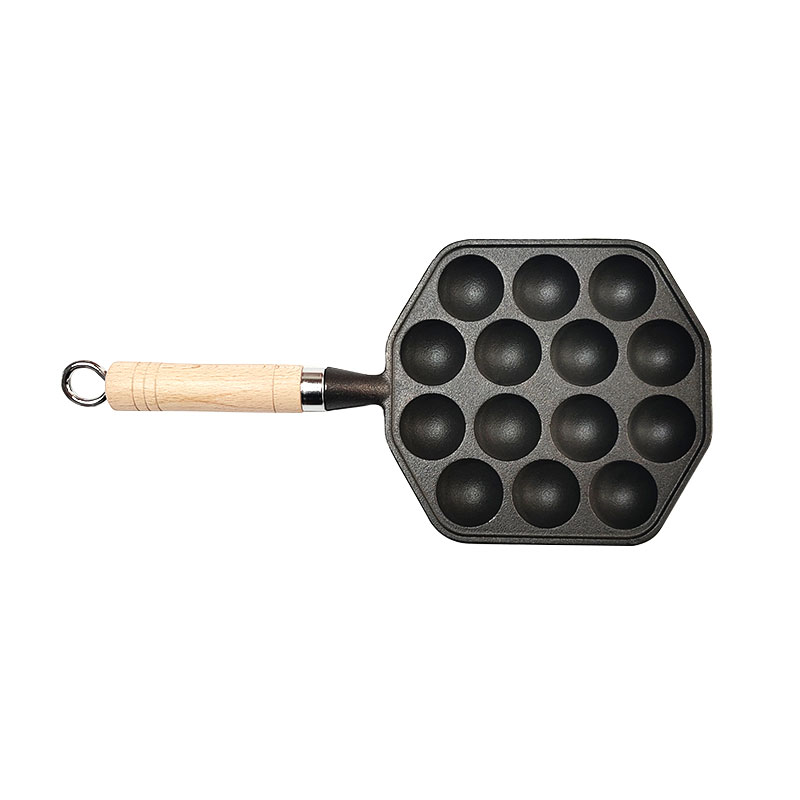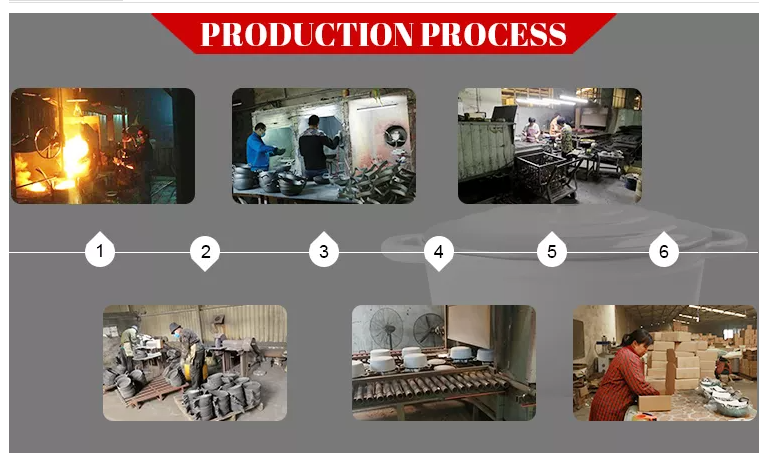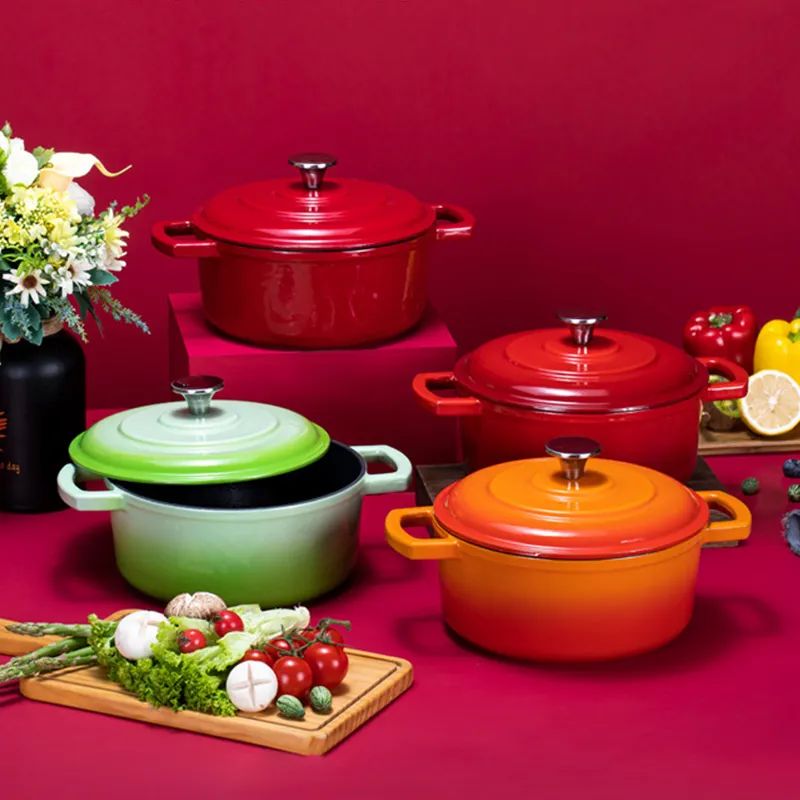- Afrikaans
- Albanian
- Amharic
- Arabic
- Armenian
- Azerbaijani
- Basque
- Belarusian
- Bengali
- Bosnian
- Bulgarian
- Catalan
- Cebuano
- Corsican
- Croatian
- Czech
- Danish
- Dutch
- English
- Esperanto
- Estonian
- Finnish
- French
- Frisian
- Galician
- Georgian
- German
- Greek
- Gujarati
- Haitian Creole
- hausa
- hawaiian
- Hebrew
- Hindi
- Miao
- Hungarian
- Icelandic
- igbo
- Indonesian
- irish
- Italian
- Japanese
- Javanese
- Kannada
- kazakh
- Khmer
- Rwandese
- Korean
- Kurdish
- Kyrgyz
- Lao
- Latin
- Latvian
- Lithuanian
- Luxembourgish
- Macedonian
- Malgashi
- Malay
- Malayalam
- Maltese
- Maori
- Marathi
- Mongolian
- Myanmar
- Nepali
- Norwegian
- Norwegian
- Occitan
- Pashto
- Persian
- Polish
- Portuguese
- Punjabi
- Romanian
- Russian
- Samoan
- Scottish Gaelic
- Serbian
- Sesotho
- Shona
- Sindhi
- Sinhala
- Slovak
- Slovenian
- Somali
- Spanish
- Sundanese
- Swahili
- Swedish
- Tagalog
- Tajik
- Tamil
- Tatar
- Telugu
- Thai
- Turkish
- Turkmen
- Ukrainian
- Urdu
- Uighur
- Uzbek
- Vietnamese
- Welsh
- Bantu
- Yiddish
- Yoruba
Enamelled Cast Iron Ingot-shaped Cooking Stockpot With Two Handles FAQs
What Are The Unique Advantages Of The Ingot - Shaped Design For The Enamelled Cast Iron Ingot-shaped Cooking Stockpot With Two Handles?


The ingot - shaped design of this stockpot offers several benefits. Its unique shape provides a combination of a wider base and narrower top, which helps in efficient heat distribution while reducing evaporation. This is especially useful when simmering stocks, soups, or stews for long periods, as it allows flavors to concentrate without losing too much liquid. The two handles are strategically placed on the wider part of the pot, providing a balanced and secure grip for easy lifting and transferring, even when the pot is filled with a large quantity of liquid or ingredients.
What Types Of Dishes Are Best Suited For Cooking In The Enamelled Cast Iron Ingot-shaped Cooking Stockpot With Two Handles?


This stockpot is perfect for dishes that require slow - cooking and large - volume liquid. It’s ideal for making rich, flavorful stocks, whether it’s a classic beef bone broth, a delicate fish stock, or a hearty vegetable stock. Soups, such as chunky minestrone, creamy tomato bisque, or spicy chili, also thrive in this pot due to its ability to evenly distribute heat and hold a large amount of ingredients. Additionally, it can be used for boiling pasta, cooking grains like rice or quinoa in large batches, and even making one - pot stews that require a combination of simmering and slow - cooking.
How Should I Clean And Maintain The Enamel Coating Of The Enamelled Cast Iron Ingot-shaped Cooking Stockpot With Two Handles?


After each use, let the stockpot cool down completely. Wash it with warm, soapy water and a soft sponge or non - abrasive cloth. Avoid using abrasive scrubbers, steel wool, or harsh chemical cleaners, as they can scratch the enamel coating. For stubborn stains, soak the pot in warm water with a bit of baking soda for 15 - 20 minutes before gently scrubbing. Once cleaned, dry the stockpot thoroughly, especially around the cast iron edges, the handle joints, and the corners of the ingot - shaped body, to prevent rusting. Periodically applying a thin layer of cooking oil to the interior can help maintain the enamel's luster and the pot’s non - stick properties.
Can The Enamelled Cast Iron Ingot-shaped Cooking Stockpot With Two Handles Be Used On All Types Of Cooktops?


Yes, this versatile stockpot is compatible with gas, electric, induction, and ceramic cooktops. The cast iron base ensures efficient heat conduction on gas and electric cooktops, while its magnetic properties make it suitable for induction cooking. On ceramic cooktops, the flat base allows for even heat distribution without scratching the surface, enabling you to use it across different kitchen setups with ease. Whether you're simmering on a gas flame, boiling on an electric stovetop, or using an induction cooktop, this stockpot will perform reliably.
What Kind Of Warranty And After - Sales Service Is Provided For The Enamelled Cast Iron Ingot-shaped Cooking Stockpot With Two Handles?


We offer a [X] - year limited warranty on this stockpot. The warranty covers manufacturing defects, including chipped enamel, loose handles, or structural issues that occur under normal use. If you encounter any problems within the warranty period, simply contact our customer service team with your order details and a description of the issue. We will provide prompt solutions, such as repair, replacement, or refund, to ensure your satisfaction with your purchase.


Magtanong Ngayon para sa Mga Deal sa Cast Iron Cookware
Mangyaring Punan Ang Form sa Ibaba At Babalikan Ka ng Aming Koponan na May Pagpepresyo, Mga Detalye ng Produkto, At Mga Opsyon sa Pag-customize.










